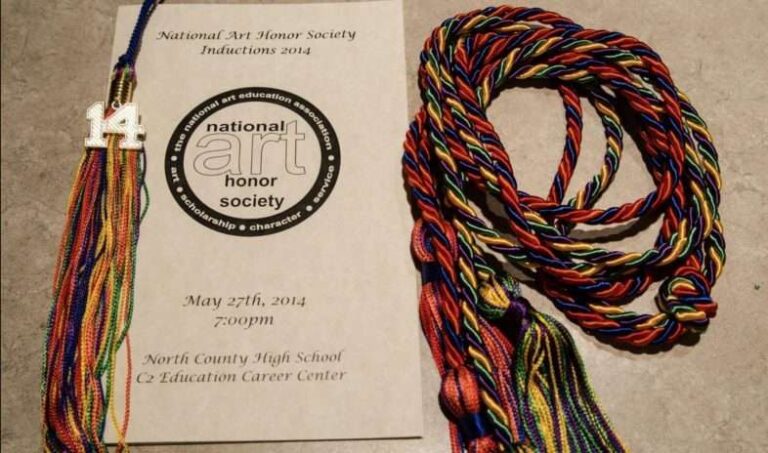As teachers, we love to see our students grow and learn. Our students aren’t the only ones growing and learning though. Our professional growth needs to be attended to. Maybe you work for a district that requires teachers to set yearly professional growth goals. Maybe your school requires “SMART” goals. SMART is an acronym that stands for Specific, Measurable, Achievable, Relevant, and Time-Based. Each element of the SMART framework works together to create a goal that is carefully planned, clear and trackable. Maybe it’s your state that requires an educator’s professional growth plan. Whoever requires it, whatever you call it, and whatever program you use to measure track your goals are less important to me than the act of having goals. Just the act of setting goals allows you to consider your work and make decisions about what you hope to accomplish and how you choose to spend your time. There is an expression spiritualist Cora L. V. Hatch delivered at a lecture that we can apply, “You could not prevent a thunderstorm, but you could use the electricity; you could not direct the wind, but you could trim your sail so as to propel your vessel as you pleased, no matter which way the wind blew.”
You could not prevent a thunderstorm, but you could use the electricity; you could not direct the wind, but you could trim your sail so as to propel your vessel as you pleased, no matter which way the wind blew.
Schools are filled will bureaucracy and it’s easy to see professional goals as another item on our very long back-to-school list when they are likely due. I hope though, at some point, you consider your goals and I want you to be completely selfish when you do. What do I mean by that? Your goals are about you and improving things that you see as meaningful to your career and ways you can be better in your career. Your school will have initiatives that come and go. Your goals may complement those initiatives, or they may not (and that is OK).
A teacher recently asked if she developed a good goal. The first goal she explained was about, “students creating artwork that they like enough to take home.” I don’t think this is an achievable goal because it would be challenging to change how students feel about their own artwork. I have had students make beautiful work to which they were indifferent. I have had students create mediocre work that they loved. I don’t even want my students to love all their work, because failing is part of learning. So, let me reflect on this teacher’s goal. Is her goal for more work to make it home and be valued by their family? What actionable steps could she take to make this happen? Does she need to create portfolios for students to transport work home? Or a system, like a newsletter, to communicate about lessons going on in the art room and inform parents of work being sent home? Or maybe she wants students to focus and work harder on their projects so they are more likely to reflect a high level of effort. In that case, she might need goals focused on motivation systems or techniques to slow and calm students. Do you need help forming your goals? I recommend this exercise called the Gut-Level Teacher Reflection that will help determine what areas of your practice need the most attention.
I am sharing a list of goals I submitted in the past. At my school, we were asked to divide our goals into Teaching and Learning/Student Development, School Community, and Professional Development.
- Teaching and Learning / Student Development:
- Maintain and improve the quality of Advanced Placement classes. Continue with my students the goal of achieving scores in the 3-5 range in AP 2D Design Portfolio and AP Drawing Portfolio. Last year all students met or surpassed their personal goal set for AP exam scoring. √
- Continue to promote students participating in state and local art exhibits, competitions, and Art All-State. √
- Aid current seniors who are looking to go on to study art and art-related fields and underclassman who want to extend their learning in the arts over the summer. √
- Become more knowledgeable of the art college choices through campus visits and conversations with recruiters, admission representatives, and other sources of knowledge. √
- Pilot a digital art portfolio with Ceramic students. I made steps towards this last year and would like to implement it fully this year. I am carrying this goal forward from 2014-2015 as it was not achieved due to a slow response from the tech department on working through the logistics of how this could happen.
- Continue to refresh and revise the curriculum and specific lessons as needed. √
- School Community:
- Provide art enrichment/supplemental opportunities for the art club and newly formed National Art Honor Society (NAHS). √
- Publish an annual art and literary magazine with the art club. √
- Continue to work with Advancement staff on promoting the arts at our school including the talents of our students and staff. Past opportunities have included creating the school Christmas card, creating the cover of VITA, displaying artwork on the inside back cover of VITA (school’s magazine) and on the Heritage Day T-shirt, etc. (Heritage day is like a school spirit day.) √
- Mentor our newly hired art teacher as much as she desires and needs. √
- Startup the school gallery again with the new art teacher.
- Professional Development:
- Continue professional development in the areas of graphic design, art, and technology (Adobe InDesign, CS4, etc.) through classes at a local art college. √
- Attend our Art Education Association’s fall conference.
- Continue to Incorporate I pads into teaching and learning. √
I didn’t achieve all my goals (the ones without the √) but establishing goals did allow me to prioritize my energy. For example, after dialogue with the English department for a couple of years, I was successful in publishing a school art and literary magazine, which the school used to have. My art club was thrilled to take on the endeavor which was several years in the planning. Writing the goal down kept it moving toward becoming real rather than languishing in my head as something I would like to do.
While the goal to “maintain and improve the quality of Advanced Placement classes” may seem vague, here are tangible steps I took to implement the goal. I developed a program where I met with every single AP student after school in the first few weeks of the year and we looked over their summer work and past classwork. We set goals for their score and wrote down a path to succeeding at those goals. Those meetings were the best thing I did for the Advanced Placement program at my school. My students referred to the digital notes we took together in the meeting all year long.
Maybe your goals are due and you feel overwhelmed. Maybe you need some inspiration to start your planning. Below are goals from art educators all over the country.
Incorporating literacy into my curriculum; evidence is artist statements, critiques, and reading articles.
Create more opportunities for art projects that connect to the community.
To photograph student work to serve as a visual rubric representing Exemplary, Proficient, and Approaching proficient.
Develop 4 unit plans in the Understanding by Design (UBD) format.
Advocate/publicize the art department by submitting stories and photos to the school website & local newspaper.
Continue developing art therapy skills and knowledge in order to promote student mental health.
Learn Spanish terms and American Sign Language (ASL) signs for art vocabulary.
Become an Adobe Certified Instructor.
Have students apply the elements and principles of art and other art vocabulary words into their class critiques and artist statements.
Create a school Instagram account to highlight art lessons, artwork, and art department events.
Grade and return student work in a timely manner.
Establish routines that ensure maximum time for the creation of art.
Connect with art educators to exchange ideas.
Consistently present directions utilizing more than one modality including verbally, on the whiteboard, written on Google classroom, peer repeat, etc. to benefit a variety of learning styles.
Another source of professional goal ideas can be found at the Cult of Pedagogy.




